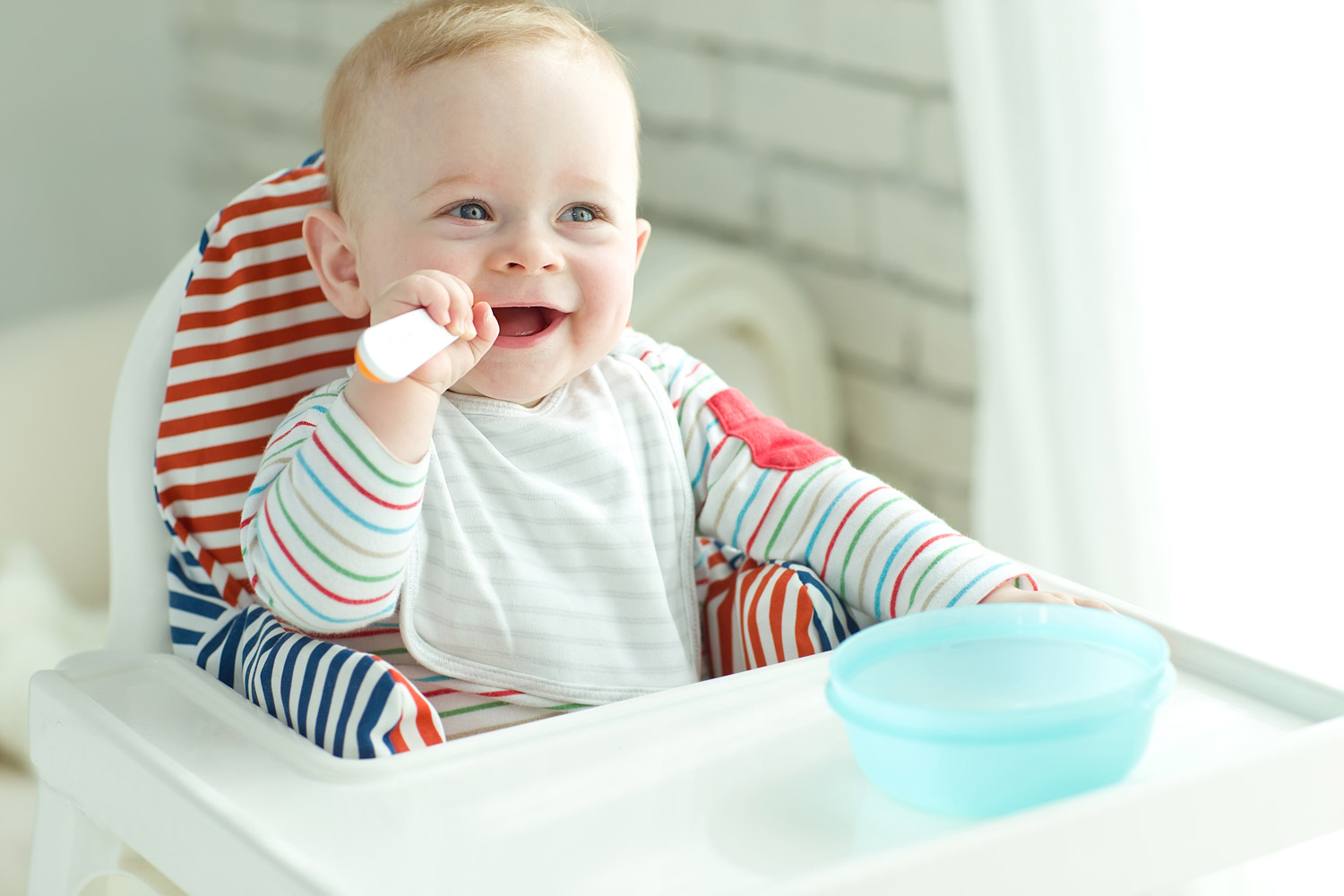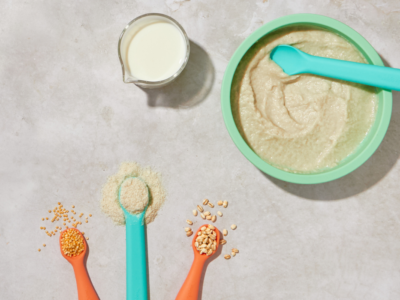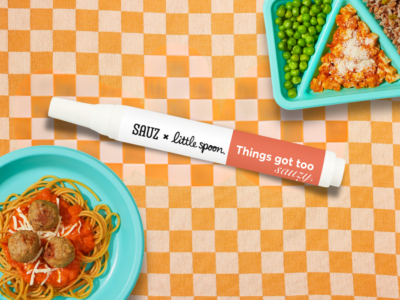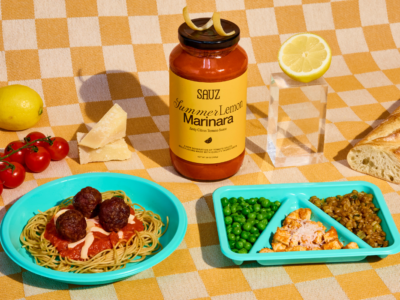- Babies don’t have tastebuds – wrong! They have tons and they change all the time.
- Babies can taste salt – a lot in fact!
- Your babe is naturally going to gravitate towards and love what mom loves.
There is a curious mystery surrounding babies and food. Breastfeeding and milk seem to be a given – we all understand that they need the nutrients in them. But there are several questions that seem to go unanswered, and there are even myths about babies and their sense of taste. What should moms eat while breastfeeding? When should babies start eating real food? What is the best food to give babies? Can they even taste what their mother eats? Can they taste the food we give them? Let’s take the mystery out of this and bust some of the myths associated with infant taste buds.
“Babies don’t have taste buds!”
Babies can’t eat ”real food,” so what do they need taste buds for? Infants can’t process solid foods early on, but they do have taste buds. Infant taste buds develop in the womb, so this statement is FALSE. They can taste things that their mother ingests because it gets into the amniotic fluid around them that they swallow. Studies have even shown that what mothers eat while pregnant can later have an impact on their child’s food preferences. So, yes, infants do have taste buds.
“Babies can’t taste salt”
While babies can taste many things, such as sweet and sour foods, their taste buds that detect salt do not develop fully until they are around 4 to 5 months old. While they can taste it, salt is not a necessary part of their diet at this age. Salt intake should be limited for them. While we find it yummy on some of our favorite foods, the overuse of salt in infant and toddler’s diets can be harmful to their body and also cause poor eating habits. This myth is TRUE until baby turns about 5 months old, but FALSE afterwards.
“Breastfed babies mimic what their mother eats”
Babies do taste the things that their mothers eat while they are still in utero. They also get hints of what their mother eats through breast milk – but they have a distinct palate all their own. This is where Palate Training comes in handy. Trying new foods with your baby on a regular basis and exposing them to different healthy choices expands their body & mind’s knowledge of complex foods. While they were able to taste all of the healthy foods you ate while pregnant and breastfeeding, they need to develop a new understanding for food. Palate Training helps them to do so by testing new foods out for themselves. This statement is overall FALSE – overall, children develop their own food preferences.
“Babies have, like, a MILLION tastebuds!”
On the opposite end of the spectrum, people say babies have an obtuse number of tastebuds. While one million is quite more than they realistically have, there is some TRUTH to this myth. Some newborns have been found to have 2x the tastebuds than adults! As your baby grows, tastebuds are continuously being replaced. At some point, though, some of the tastebuds stop being replaced. That is why children typically have around 10,000 tastebuds, while adults have about 5,000. Children also react more strongly to flavors because they are more intense to their double amount of taste buds than they are to adults. The number is absurd, but it is TRUE that children have a lot of tastebuds.



